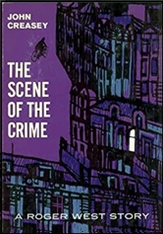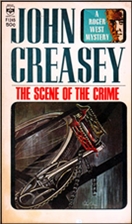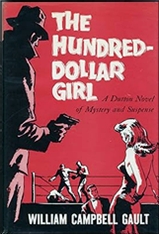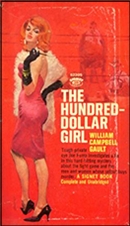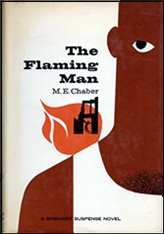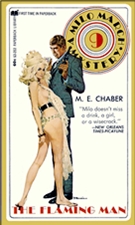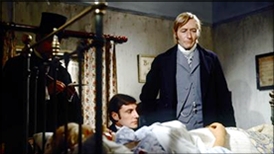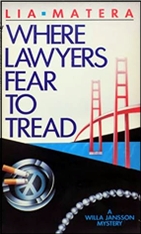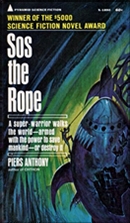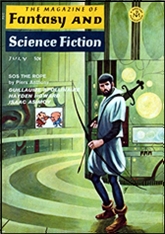Mon 17 Nov 2025
BILL KNOX – Seafire. Webb Carrick #6. Long, UK, hardcover, 1970. Doubleday Crime Club, US, hardcover, 1971.
Webb Carrick is normally the first officer on the cruiser Marlin under “stubby bearded Captain James Shannon,” but Carrick has temporarily been assigned to duty as Commander of the research vessel Clavella which he is to meet in the fishing village of Quinnbeg.
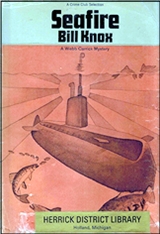
The Clavella is on a fairly standard mission studying plankton to to insure the waters off Scotland’s coast stay healthy and productive, but Carrick is no sooner ashore in Quinnbegg when he meets a hostile and suspicious populace convinced the research vessel is responsible for recent disastrous catches and the scientists aboard are doing more than studying plankton.
They aren’t far off either. Something is going on that Carrick hasn’t been made privy to, and before he lays this problem to rest, the fishing industry will be threatened, the British economy will face ruin, countless lives will be endangered, and nuclear brinkmanship, Russian sleeper agents, and murder will all raise their ugly head.
Those unfamiliar with this series might be surprised to discover Bill Knox managed to get some eighteen titles out of the fish police and Webb Carrick, and most of them fast paced intelligent thrillers mixing mystery, seafaring, the lore of the Scottish coast and its rich history and mysterious geography, along with solid detection, suspense, and adventure. You might expect tales of smuggling, illegal fishing, and industrial pollution from such a series, but Knox throws in spies, and even a bit of SF (*) and old fashioned terror of the Deeps into the mix, all as neat as a good Scotch.
Bill Knox is best known for his long running Scottish procedural series about cops Thane and Moss, but that is only a small part of his prodigious output. In addition to Thane and Moss and Carrick and the Fishery Protective service Knox also wrote the Talos Cord thrillers about a tough UN agent as Robert McLeod, the Jonathan Gaunt “Remembrancer’ series, several books about Andrew Laird marine insurance investigator, and a handful of stand alone books and non-fiction. A journalist from Glasgow Knox learned earned his crime writing skills as a crime reporter, and it shows in a clear concise and well researched style that combines with a vivid imagination.
His particular gift was mastering the ideal mix of mysterious events, compounding suspense, likable characters, adventure, and an enviable gift for the relentless rousing climax.
Seafire (a type of plankton causing all the problem here) produces a typically masterful Knox outing in which little is what it seems and Carrick has his hands full bringing the bad guys to bear and solving a threat that reaches far beyond the small fishing villages where it began.
If you aren’t familiar with the Webb Carrick series, I highly recommend them. I’ve read at least half of them and never been disappointed. Witchrock, Devilweed, Blacklight, and Stormtide are particular favorites in the long running series.
___
(*) From Conan Doyle on, British thriller writers have never shied from a touch of Science Fiction to color their plots, from William LeQueux and E. Phillips Oppenheim and mysterious electronic eyes that sink battleships. to Edgar Wallace and King Kong, Margery Allingham and Mr. Campion, to John Creasey’s Dr. Palfrey and Ian Fleming and his imitators, SF has often injected itself into the genre, and in recent years become more common with the American breed.
